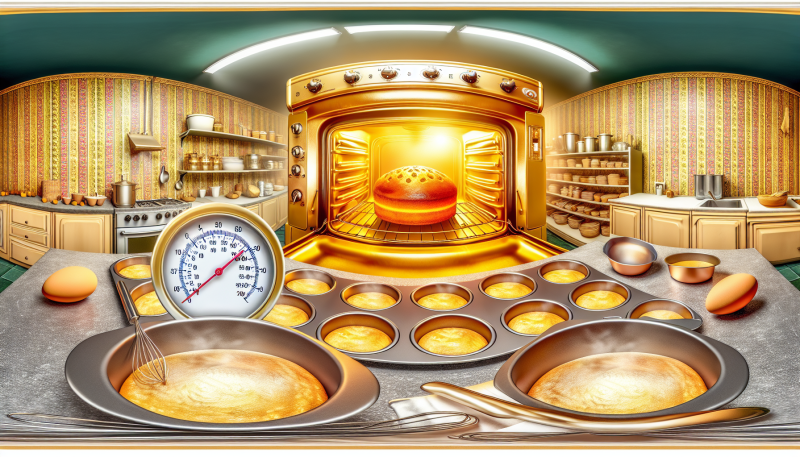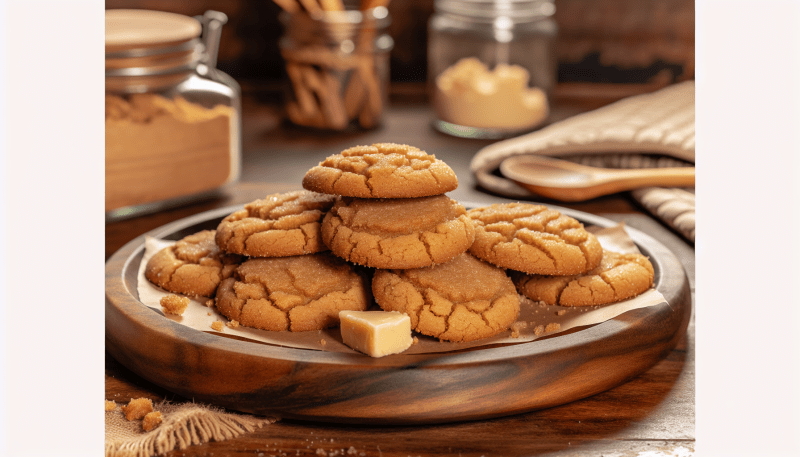Quick Breads are the perfect option for anyone looking to whip up a delicious baked treat in a flash. Unlike Yeast Breads, Quick Breads do not require any time-consuming proofing or rising process. This means that you can go from mixing the ingredients to pulling a warm loaf of bread out of the oven in just a fraction of the time it would take to make a Yeast Bread. This makes Quick Breads a popular choice for busy individuals or those who are new to baking.
One of the best things about Quick Breads is the wide variety of flavors and ingredients you can use. From classic banana bread to savory cheddar and bacon bread, the possibilities are endless. You can easily customize your Quick Bread recipes to suit your taste preferences or use up leftover ingredients in your pantry. Because Quick Breads rely on chemical leaveners like baking powder or soda instead of yeast, they tend to have a denser and more cake-like texture compared to the light and airy crumb of Yeast Breads.
If you're looking for a speedy baking project to satisfy your cravings, Quick Breads are the way to go. Whether you're in the mood for a sweet treat or a savory snack, there's a Quick Bread recipe out there for you. So next time you're torn between making Quick Breads versus Yeast Breads, remember that Quick Breads are the perfect choice for simple and speedy baking recipes that anyone can enjoy.
Yeast Breads: Traditional Techniques for Fluffy Results
Yeast breads are a staple in many households, offering a fluffy and satisfying loaf that is perfect for any meal. Traditional techniques are essential for achieving those fluffy results that we all crave. One of the key steps in making yeast bread is proofing the yeast. This process involves activating the yeast with warm water and sugar, allowing it to bloom and create bubbles that will help the bread rise.
Kneading is another important step in the bread-making process. This helps to develop the gluten in the dough, giving it structure and elasticity. Traditional techniques involve kneading by hand, but if you're short on time, using a stand mixer with a dough hook attachment can also do the trick. The key is to knead until the dough is smooth and elastic.
Letting the dough rise is crucial for fluffy results. Traditional techniques call for letting the dough rise in a warm, draft-free place until it has doubled in size. This allows the yeast to do its job and create those airy pockets that give yeast bread its fluffy texture. By following these traditional techniques, you can ensure that your yeast breads turn out light, fluffy, and delicious every time.
Quick Breads FAQ: Common Questions Answered
Q: What is the main difference between Quick Breads and Yeast Breads?
A: The main difference between Quick Breads and Yeast Breads is the leavening agent used. Quick Breads use baking powder or baking soda to rise, while Yeast Breads use yeast as the leavening agent, causing the dough to rise through fermentation.
Q: Are Quick Breads easier to make than Yeast Breads?
A: Yes, Quick Breads are generally easier to make than Yeast Breads because they require less time and effort. Quick Breads do not need to rise, proof, or knead like Yeast Breads do. This makes Quick Breads a great option for beginner bakers or for those who want a quick and easy bread recipe.
Q: Can you substitute Quick Breads for Yeast Breads in recipes?
A: While Quick Breads and Yeast Breads have different textures and flavors, you can often substitute Quick Breads for Yeast Breads in recipes. Just keep in mind that the texture and flavor of the final product may be slightly different. Experiment with different recipes to find the perfect balance between Quick Breads versus Yeast Breads for your needs.
Yeast Breads Tips: Mastering the Art of Rising
Making yeast breads can be intimidating for many home bakers, but with a few tips and tricks, you can master the art of rising and achieve delicious, fluffy loaves every time. One of the most important factors in getting your yeast bread to rise properly is ensuring that your yeast is fresh. Quick rise yeast is a reliable option for beginners as it eliminates the need for proofing, but if you're using active dry yeast, make sure to proof it in warm water with a pinch of sugar before adding it to your dough.
Another key tip for successful rising is kneading your dough properly. Kneading helps to develop the gluten in the flour, which is essential for creating structure and allowing the dough to rise. Many recipes will specify a kneading time, but the best way to tell if your dough is ready is to perform the windowpane test. Simply stretch a small piece of dough between your fingers – if it forms a thin, translucent membrane without tearing, your dough is ready to rise.
When it comes to letting your dough rise, patience is key. Yeast breads require time to develop flavor and texture, so don't rush the process. Find a warm, draft-free spot in your kitchen to let your dough rise, and cover it with a damp towel to prevent it from drying out. Depending on the recipe, you may need to let your dough rise once or twice before shaping and baking. Following these tips will help you master the art of rising and create beautiful, fluffy yeast breads every time.


